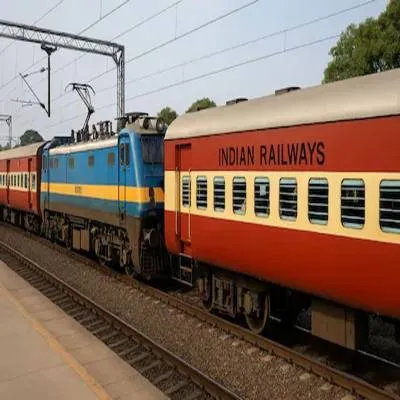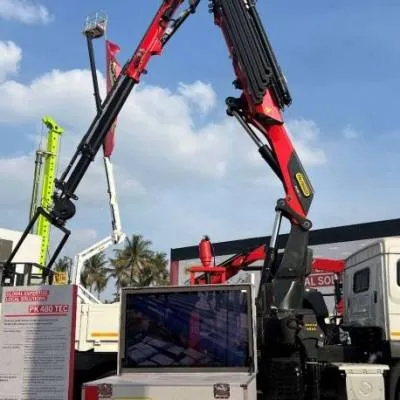Schedule a Call Back
MCAWTM constructs aquifer storage system, DC Faridabad inaugurates
 Faridabad has been experiencing the effects of rapid population growth and groundwater depletion caused by urbanisation for the past few decades. In various parts of the city, there has been a gradual increase in waterlogging due to urban flash floods. To tackle these significant issues, a research project funded by the Department of Science and Technology (DST) and implemented by the Manav Rachna Centre for Advanced Water Technology and Management (MCAWTM) at the Manav Rachna International Institute of Research and Studies in Faridabad has proposed a smart solution for the Faridabad Smart City (FSC).
Faridabad has been experiencing the effects of rapid population growth and groundwater depletion caused by urbanisation for the past few decades. In various parts of the city, there has been a gradual increase in waterlogging due to urban flash floods. To tackle these significant issues, a research project funded by the Department of Science and Technology (DST) and implemented by the Manav Rachna Centre for Advanced Water Technology and Management (MCAWTM) at the Manav Rachna International Institute of Research and Studies in Faridabad has proposed a smart solution for the Faridabad Smart City (FSC).MCAWTM has developed an innovative design by modifying the commonly used rooftop rainwater harvesting and artificial groundwater recharge system (RTRWHS). They have introduced a more effective and efficient system known as the Aquifer Storage and Recovery System (ASRS) to address the two critical environmental concerns. The project is titled ‘Co-solving Water Logging and Groundwater Depletion Issues in Parts of Faridabad Smart City.’
In collaboration with the Faridabad Smart City (FSCL) and the Public Works Department (PWD) of Faridabad, two specific locations were identified within the FSC area. These locations are sector 16A (PWD, B&R colony) and sector 15A (Officers' colony). In these areas, the aquifers have been depleted, and waterlogging reaches such a level that residents are forced to stay indoors for days during heavy monsoon downpours each year.
During such rain events, the streets get submerged under 2-3 ft of water for several hours, rendering transportation and movement impossible. Even after the water recedes, mud and dirt persist for several days, creating an unhealthy environment and increasing the risk of waterborne and communicable diseases.
The ASRS has been constructed in the B&R PWD Colony in Sector 16A and the Officers' Colony in Sector 15A of Faridabad. These systems have been functioning effectively and were tested during the monsoon season. The first test took place on August 30, 2022, during a rainfall of 73mm. The performance of the first system was further validated during heavy rain episodes on September 22nd and 23rd, 2022, where 110mm of rain fell in 24 hours (according to the Indian Meteorological Department). The cumulative rainfall for 48 hours was nearly 150mm.
The ASRS successfully redirected all the water from the colony streets into the system, and within 3-4 hours after the rain ceased, the waterlogging in the colony area was completely resolved. The second ASRS in sector 16A is also functioning well.
Each system has been designed to absorb a maximum of 2000 m3/day of water. The process begins with water collection in a de-siltation chamber, which includes a baffle wall to reduce silt load and ensure a smooth flow to the coagulation chamber through gravity. In the coagulation chamber, the stormwater undergoes pretreatment to reduce suspended particles. Subsequently, the water flows by gravity to the filtration cum recharge well.
Also read:
Maan Gram Panchayat completes 20,000MT biomining project
Gujarat Water Infra. invites bids for the pipeline project


Subscribe Now
Subscribe to our Newsletter & Stay updated
RECENT POSTS
Popular Tags
Folliow us
Related Stories
PALFINGER Reinforces India Focus at EXCON 2025
PALFINGER strengthened its long-term commitment to India at EXCON 2025, marking its largest participation at the exhibition with a 1,000 sq m boo...









